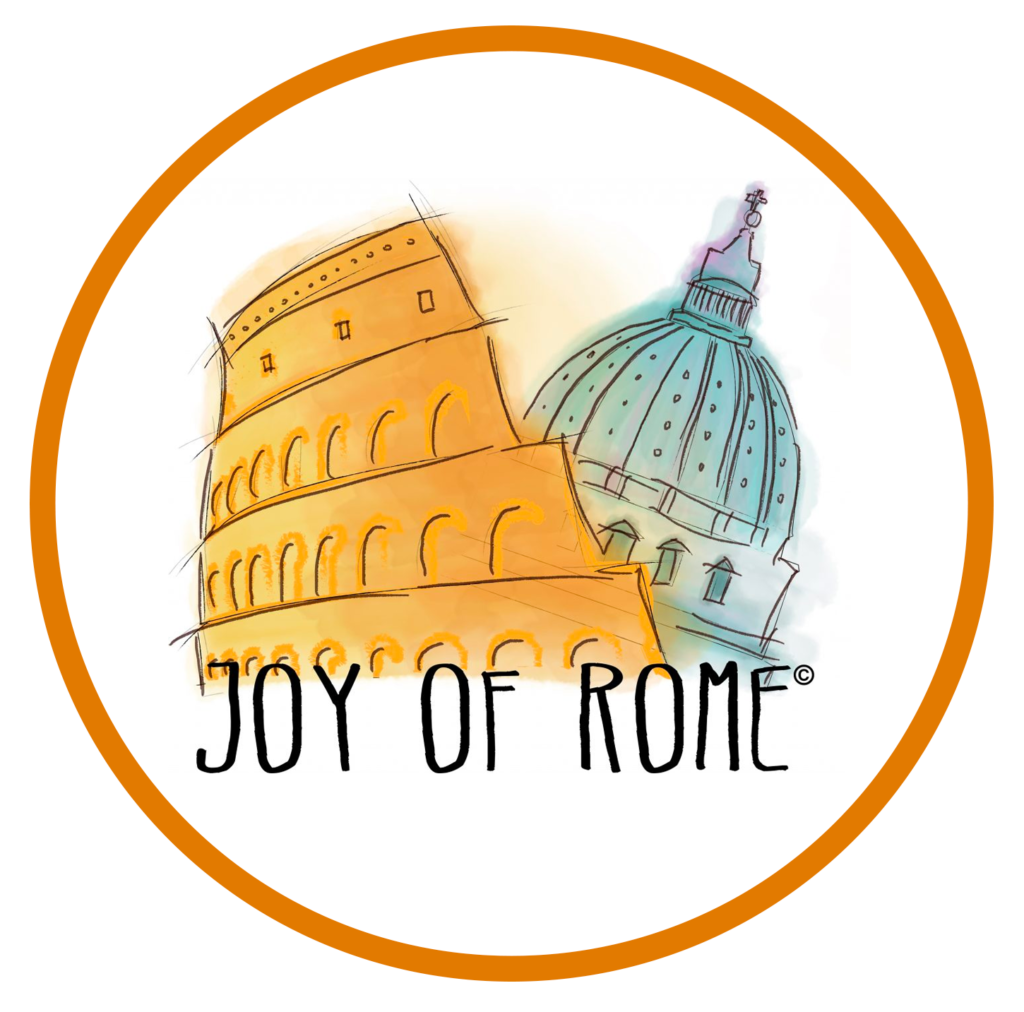Said no one ever!
Unless you’re Anita Ekberg in La Dolce Vita, you can’t frolic in any of Rome’s fountains.
So what are they there for?
There’s no denying that these magnificent works of art can certainly overshadow the senses (including common sense).
Their sheer size, artistry, and compelling stories pull the viewer into an alternate reality that is only heightened by the water that travels throughout them.
Whether in front of the looming majesty of the Trevi Fountain, or the merry trickling of backstreet fontanelle, Rome’s water works have an urban significance.
They’re part of the outdoor culture that characterises the Eternal City. Most squares (aka, piazze) feature sculptural pieces that utilise water to accentuate their narratives.
For example, the Four Rivers Fountain in Piazza Navona depicts the personification of the Nile, Danube, Rio de Plata, and Ganges. The dynamic positions of the river gods depict the twisting and turning of the bodies of water they represent.
Where does all the water come from?
Throughout its long history Rome received its fresh supply from a series of ingenious aqueducts systems. In the ancient world, access to clean water represented wealth and power.
Through the use of gravity, Rome’s elevated structures supplied millions with drinkable water from sources on the outskirts of the city. In fact, experts agree that up to 1,000 litres per day were supplied to each citizen.
Some monuments still rely on aspects of original aqueducts in modern times.
The Trevi Fountain is serviced from the only aqueduct still in use after over 2,000 years, the Aqua Virgo. While it’s undergone a few facelifts and is now pressurised, its longevity is a testament to ancient Roman engineering.
Nowadays, the city is supplied from channels running from a huge reservoir in Peschiera, in the region of Veneto.
Can you drink the water?
Whether in the throes of adventure, or looking longingly at a post card, most have seen the small drinking fountains peppered throughout Rome.
These fontanelle (also affectionally referred to as nasoni, due to their resemblance to big noses) offer drinkable and cool water for all who pass by. Their presence is particularly helpful for anyone watching their funds, as they’re of course free to use.
With a population of up to 2,500, they provide refreshing hydration and a respite from the zeal of Rome’s characteristically hot summers.
So while wading through the Eternal City’s tantalising fountains is a big no-no, visitors can still take a big gulp of the water supply, and in turn, slake their cultural thirst.
Ready to experience the fountains first hand? Then grab your water bottle and sign up for any one of Joy of Rome’s walking tours!
Just don’t bring your swimsuit.
